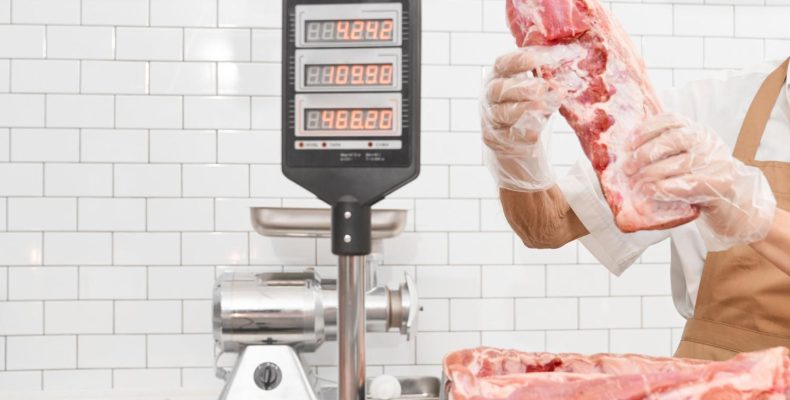When it comes to precision in measurements, the importance of accurate weighing cannot be overstated. This is especially true when you’re using a digital bench scale. Whether you’re in a laboratory, warehouse, or any setting that requires precise measurements, calibrating your scale is key to obtaining reliable results.
A well-calibrated digital bench scale ensures that you get the most accurate readings, making your work more efficient and error-free. In this guide, we’ll walk you through how to calibrate your digital bench scale and ensure it’s performing at its best.
Step-by-Step Guide to Calibrating Your Digital Bench Scale
Before starting the calibration process, it’s important to make sure your digital bench scale is set up correctly. The scale should be placed on a flat, stable surface and be free from any vibrations or external disturbances. Once you have the right setup, follow these simple steps to calibrate your scale:
1. Turn On the Scale
The first step is to power up your digital bench scale. Allow it to warm up for a few minutes before proceeding, as this helps ensure accurate results. Some scales have a “zero” or “tare” button that resets the scale to zero before you begin.
2. Select the Calibration Mode
Many modern digital bench scales come with an automatic calibration function, but others require manual calibration. To begin, you’ll need to access the calibration mode. This is usually done by pressing a specific button on the scale’s control panel (consult your scale’s manual for the exact method). Some models may require you to hold down a button for several seconds to enter this mode.
3. Use a Known Weight
Once you’re in calibration mode, you’ll need a reference weight. This should be a certified calibration weight, which you can typically purchase from the manufacturer or an accredited supplier. The weight should be close to the scale’s maximum capacity to ensure the most accurate calibration. Place this weight carefully on the scale’s platform.
4. Adjust the Scale’s Readings
After placing the reference weight on the scale, the digital bench scale will display the reading. If the reading is off, use the calibration buttons (usually found in the scale’s manual) to adjust the scale until it matches the known weight exactly. Some scales might automatically calibrate once the correct weight is placed, while others may require you to input the weight manually.
5. Check Calibration with Multiple Weights
It’s always a good idea to check the accuracy of your scale with multiple weights. After calibrating with one known weight, try a few others to ensure that the scale is providing accurate measurements across its range. This step can help you identify any issues with the scale that might need further adjustment.
6. Exit Calibration Mode
After you’ve confirmed that the scale is calibrated correctly, exit calibration mode. Your digital bench scale should now be ready for use, providing accurate weight measurements every time.
Conclusion
Calibrating your digital bench scale is an essential task that ensures the accuracy and reliability of your measurements. By following the simple steps outlined in this guide, you can easily calibrate your scale for optimal performance.
Regular calibration, combined with good maintenance practices, will help ensure that your digital bench scale continues to deliver precise results for all your weighing needs.
